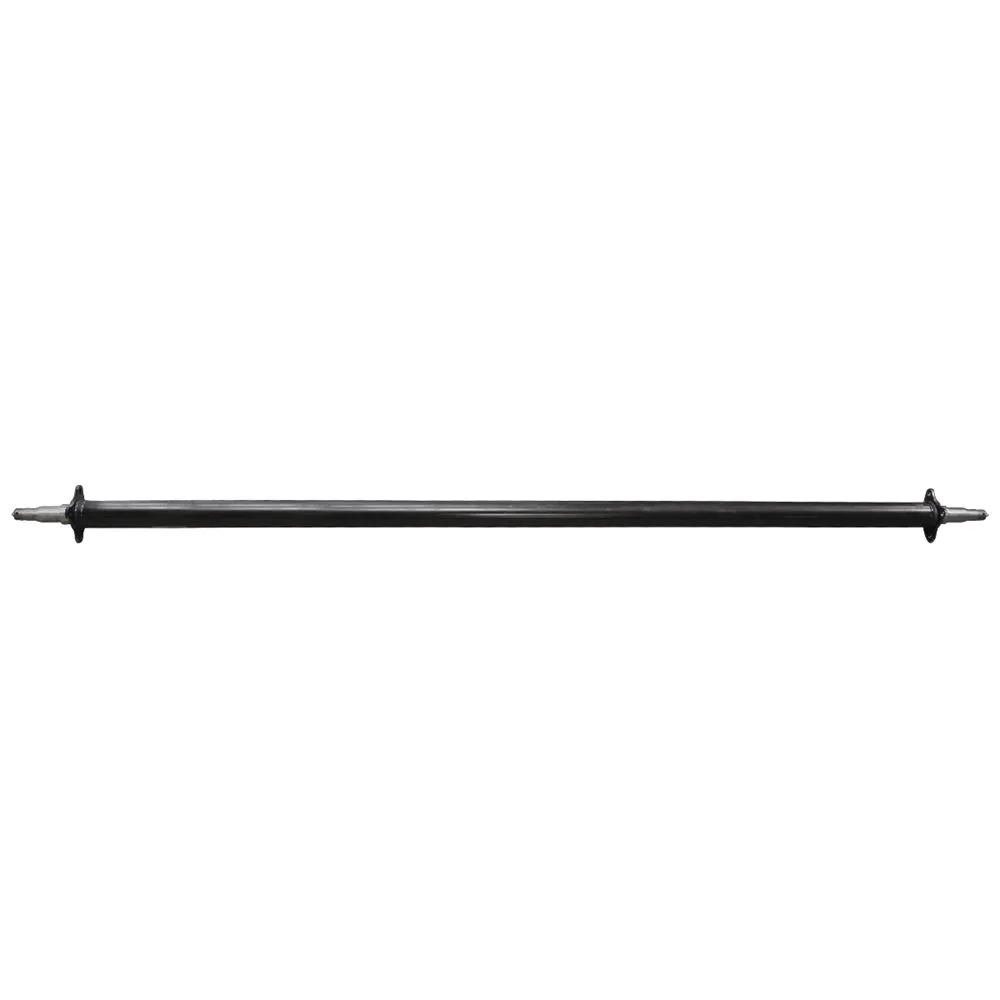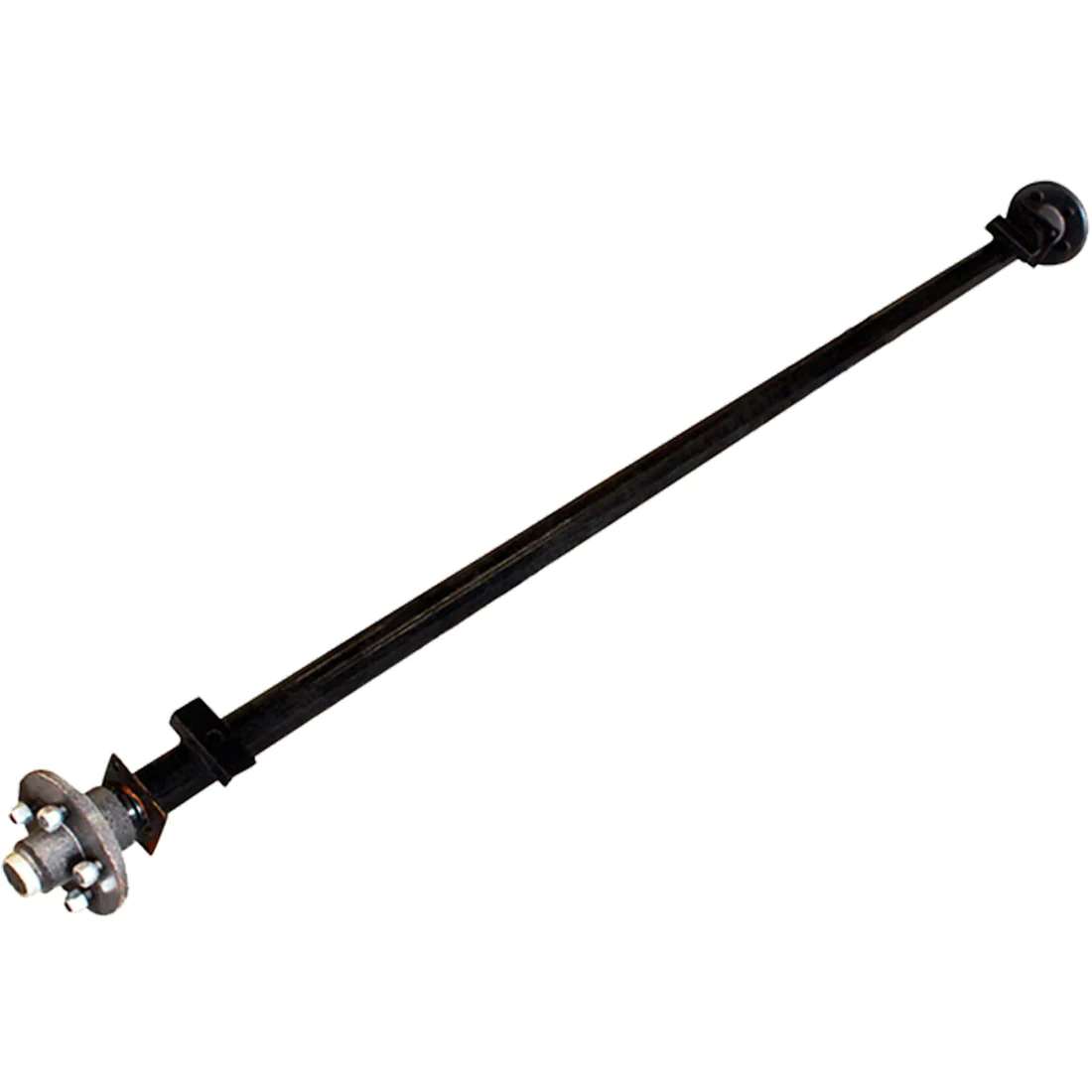Product Description
Exported African 3 Axle High Tensile semitrailer tri-axle
1); Manufacturer,; more than 20yrs professional experience.;
2); CCC,; SGS and ISO9/8822 0571 -83796298
chenglitruck.;en.;made-in-china.;com
| Vehicle Name: | Lowboy Semitrailer Lowloader Semitrailer |
|---|---|
| Material of Steel: | Q345 Carbon Steel / High Tensile Steel |
| High Tensile Semitrailer Axle Type: | BPW /Fuwa/L1/Saf |
| High Tensile Semitrailer Payload: | 40ton 50ton 60ton |
| Lowloader Semitrailer Suspension: | Mechanical Spring or Air Bag |
| Lowloader Semitrailer No. of Axle: | 2 Alxes /3 Axles /4 Axles |
| Customization: |
Available
| Customized Request |
|---|

How do trailer axles contribute to a trailer’s maneuverability and control?
Trailer axles play a crucial role in a trailer’s maneuverability and control. Here’s how they contribute:
- Weight Distribution: The placement of trailer axles and the distribution of weight on them impact how a trailer handles. Proper weight distribution ensures stability and control during towing.
- Balance: Balanced axles help prevent issues like swaying or fishtailing. The even distribution of weight across the axles promotes smoother and more controlled towing.
- Number of Axles: Trailers with multiple axles generally have better weight distribution and stability. Tandem or multi-axle configurations help distribute the load evenly and enhance control.
- Steering Geometry: Axle placement influences a trailer’s turning radius and maneuverability. Axles placed closer to the front or back can affect how sharply a trailer can turn.
- Suspension Type: The type of suspension, whether leaf spring, torsion, or air suspension, can impact how well a trailer handles bumps and road imperfections, contributing to control and a smoother ride.
- Braking Systems: Axles equipped with brakes provide additional control by assisting in slowing down or stopping the trailer. Electric, hydraulic, or surge brakes are common options.
- Shock Absorption: Some axles come with shock absorbers to dampen vibrations and jolts, improving control by reducing the impact of road irregularities.
- Tire Size and Quality: Properly sized and high-quality tires on trailer axles ensure good traction and control. Trailer tires with a higher load capacity can handle the weight more effectively.
- Alignment and Maintenance: Regular maintenance, including keeping axles properly aligned and well-lubricated, is crucial for ensuring that the trailer’s axles operate optimally and contribute to control and stability.
In summary, the design, configuration, and maintenance of trailer axles significantly affect a trailer’s maneuverability and control. Properly chosen and maintained axles contribute to safe and predictable towing experiences.

How do brake systems and suspension components interact with trailer axles?
Brake systems and suspension components play a critical role in the overall functioning and safety of trailer axles. Their interaction ensures the trailer’s stability, handling, and stopping capabilities.
Brake Systems:
- Function: Brake systems in trailers provide the necessary stopping force when the towing vehicle applies its brakes. The brake system on the trailer axle needs to be synchronized with the towing vehicle for smooth and efficient stopping.
- Types: Trailers can be equipped with drum or disc brakes. Both systems rely on a controller from the towing vehicle, which applies the brakes in proportion to the towing vehicle’s deceleration.
- Interaction with Axles: The brake systems are mounted directly on the trailer axles. As the brakes apply friction to the rotating part of the axle (either the drum or disc), the axle experiences a counter force which helps in slowing down the trailer.
Suspension Components:
- Function: The suspension system on a trailer absorbs shocks and provides a cushioning effect, ensuring that the trailer remains stable over uneven terrains.
- Types: Common types of trailer suspension systems include leaf spring and air suspension systems. These systems are designed to distribute the trailer’s weight evenly across its axles.
- Interaction with Axles: Suspension components are directly connected to the trailer axles. They ensure the axles remain parallel to the ground, distributing weight and strain evenly. This not only aids in the longevity of the axle but also in the even wear of tires and brakes.
In summary, the brake systems and suspension components of a trailer are integral to its axles’ functionality and longevity. Proper maintenance and understanding of these systems are essential for safe and efficient trailer operation.

What is a trailer axle, and how does it differ from vehicle axles?
A trailer axle is a fundamental component of a trailer’s suspension and load-bearing system. It differs from vehicle axles in several ways:
1. Load-Bearing Purpose:
– Trailer axles are designed primarily for load-bearing, meaning they support the weight of the trailer and its cargo. Vehicle axles, on the other hand, bear the weight of the vehicle itself and its occupants.
2. Articulation:
– Vehicle axles are usually fixed in place and do not articulate independently. Trailer axles, especially in multi-axle configurations, often feature independent articulation to improve stability and weight distribution. This allows each wheel to move independently over uneven terrain.
3. Braking Systems:
– Vehicle axles are directly connected to the vehicle’s braking system. In contrast, trailer axles can have their own braking systems, such as electric or hydraulic brakes, which are controlled separately from the towing vehicle. This setup improves braking control and safety.
4. Suspension Type:
– Trailer axles often use leaf spring or torsion suspension systems, which are optimized for load-bearing and cargo stability. Vehicle axles utilize various suspension types, including independent suspension, to prioritize ride comfort and handling.
5. Steering:
– Vehicle axles are integral to steering, allowing the vehicle to change direction. Trailer axles do not contribute to steering; instead, the towing vehicle controls the trailer’s direction through the hitch or coupler.
6. Wheel Attachment:
– Vehicle axles are typically fixed to the vehicle chassis, while trailer axles may use a variety of attachment methods, including leaf spring mounts or torsion arm attachments, to accommodate articulation and weight distribution.
7. Load Distribution:
– Trailer axles are designed to distribute the trailer’s weight evenly across the wheels to prevent overloading any single point. Vehicle axles do not have this load distribution requirement, as the vehicle’s weight is more evenly distributed.
– In summary, trailer axles serve a specific purpose in supporting and stabilizing trailers, while vehicle axles are tailored for the vehicle’s propulsion, steering, and suspension needs. Understanding these differences is crucial for safe and effective towing.


editor by CX 2024-03-27